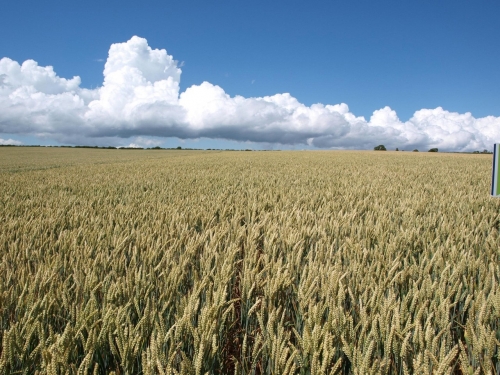Decisions are often made based on estimates of financial return provided by prospective suppliers and installers, but do these calculations give the real picture?
Often the figures give an optimistic picture based on an almost ideal operating scenario. While they may give reasonable guidance they should never be taken as confirmed fact. There are many factors that will influence the returns on eligible RHI installations and these need to be accounted for in the calculations.
Equipment efficiency
Equipment efficiencies are given by the equipment manufacturers and are generally based on performance under laboratory conditions. In reality there will be few installations that replicate these conditions. For example a biomass boiler may be shown as having 92% efficiency. This is likely to be the optimum efficiency, whereas in real life the figure that is required is the installed system efficiency, which is likely to be lower, probably around 85%.
With biomass boilers, maintenance dramatically effects efficiency. The difference between carrying out routine maintenance at 80 hour intervals as opposed to 160 hour intervals can be up to 10% efficiency gain.
With heat pumps, manufacturers typically quote figures that are generally at lower operating temperatures 0˚C outside and 35˚C inside. But if it is -4˚C outside and the system is designed for a flow temperature of 45˚C then the coefficient of performance is considerably reduced. This is especially an issue with air source heat pumps, where the temperature of the heat source is hugely variable and the overall performance will be substantially affected by the defrost cycle.
Thermal stores/buffer vessels
Any part of a renewable system that stores energy will lose heat to its surroundings gradually regardless of how well it is insulated. How much is lost is dependent on the system design, but it must be taken into account in the payback calculations. If tanks are used as thermal stores, they will be kept up to temperature nearly all the time, but that means that they will have an almost constant heat loss. If on the other hand they are used as buffer vessels, meaning that they are designed into the system to take excess energy and prevent “cycling” of the heat source (boiler, heat pump etc) they will not be at temperature all the time and the heat loss will be less.
A choice of how the heat storage units are designed into the system and the amount of insulation on storage vessels is vital. When you realise that a reasonably sized thermal store may lose heat at a rate of more than 1kW, the upfront investment in greater insulation is well worthwhile.
District heating mains
With many people hoping to benefit from commercial RHI there is an increase in the use of district heating pipework. This is pre-insulated pipework that goes in the ground and connects the heat source, for example a biomass boiler or ground source heat pump to the remote buildings.
With district heating schemes, the heating main is generally kept to temperature 24 hours a day so that the buildings are able to call on the heat at any time. Once again this produces a constant loss of energy from the pipework to the ground.
The level of the loss from the district heating mains can vary greatly depending on the quality and thickness of insulation around the pipework. Just considering a 40mm pipe over 100 metres on a market leading pipe the loss is 1.1kW. On what would be considered an industry standard pipe that loss can easily rise to 1.6kW. Once again although the better pipe is more expensive over its life it will more than recover the extra capital expenditure through lower heat losses.
Making the right decision
Although these items are additional sources of heat loss that are frequently not shown in the estimations of returns from RHI investments, this should not dissuade you from investing in renewable technologies.
What it highlights is the vital importance of the design of the system, the quality of the equipment used, and the quality of the overall installation. Given the long time periods for RHI payments, the expected lifetime of heating systems and the significance of the various sources of parasitic loss in badly specified, designed and installed systems, to avoid disappointment it is important to look critically at the returns on investment you expect. In realistic calculations it is nearly always the case that investment in quality at every stage of the project will pay for itself.
